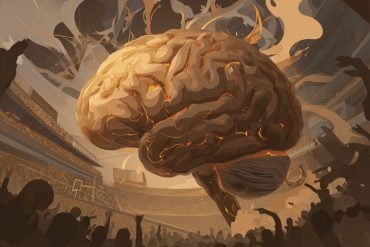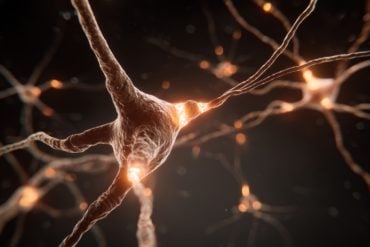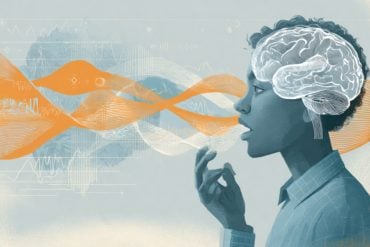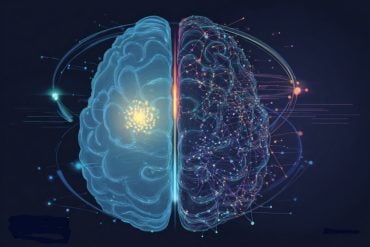Summary: New research shows that the brain’s cortex can rapidly reorganize itself after losing neurons, allowing other nerve cells to take over lost functions. Scientists studied neural networks in the auditory cortex and found that although sound-processing patterns were briefly disrupted, the brain formed nearly identical patterns within days.
Neurons previously uninvolved in processing stimuli stepped in to compensate for the loss. This adaptive mechanism could help explain how the brain maintains function during aging or in diseases like Alzheimer’s and Parkinson’s.
Key Facts:
- Rapid Reorganization: Neural networks re-establish activity patterns just days after neuron loss.
- Functional Compensation: Unused neurons can adapt to take over the roles of lost cells.
- Clinical Implication: May explain brain resilience in aging and neurodegenerative conditions.
Source: Johannes Gutenberg University Mainz
How the brain largely maintains its function when neurons are lost—this is what researchers at the University Medical Center Mainz, the Frankfurt Institute for Advanced Studies (FIAS) and Hebrew University (Jerusalem) have deciphered.
They show that neuronal networks in the cerebral cortex reorganize within a short period of time, with other nerve cells taking over the tasks of the lost neurons.
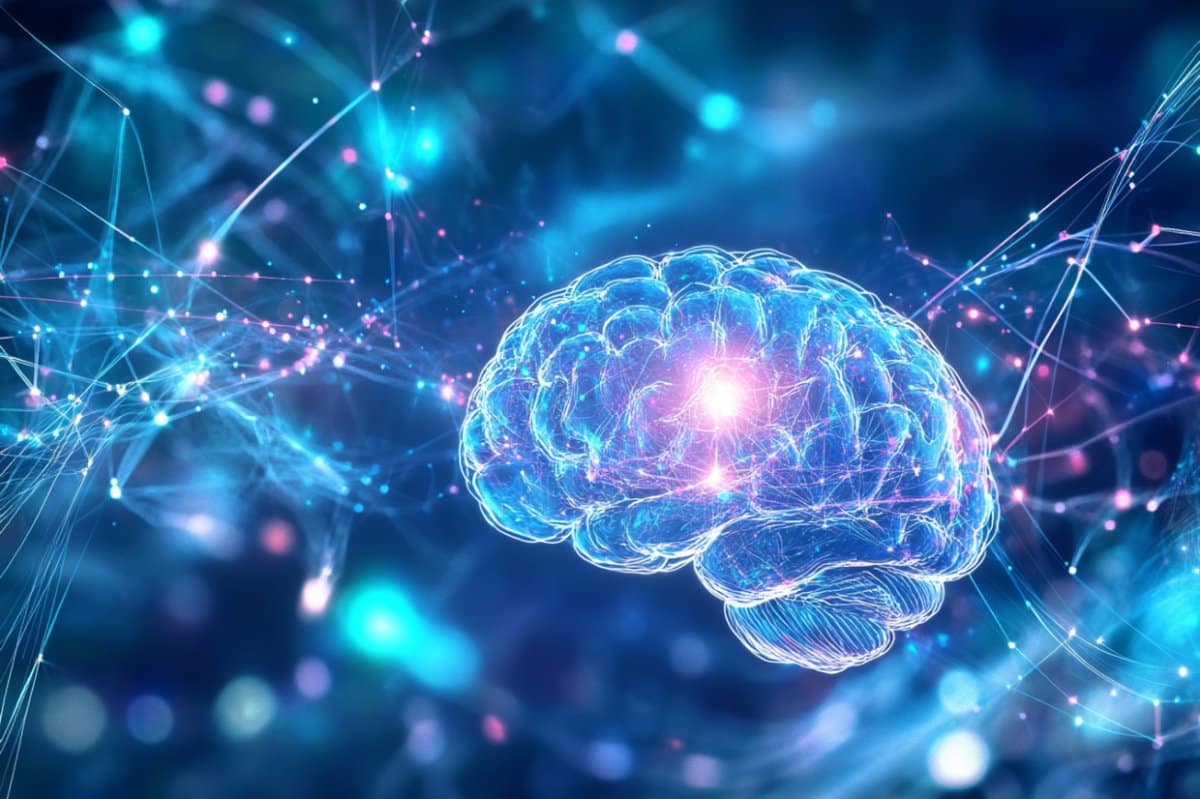
These findings could form the basis for future research into natural aging processes and neurodegenerative diseases such as Alzheimer’s or Parkinson’s.
The study is published in the journal Nature Neuroscience.
Nerve cells (neurons) are the most important building blocks of the brain.
They form the basis for all mental and physical functions such as thinking, feeling, movement, and perception. In the course of life, nerve cells in the brain can be lost for various reasons: They die off due to age-related processes, are damaged by toxins such as alcohol, or neurodegenerative diseases such as Alzheimer’s and Parkinson’s lead to a more rapid progressive loss of neurons.
While most body organs regularly replace old or damaged cells with new ones in order to maintain their organ function, new neurons only form in certain regions of the brain. In the cerebral cortex, which is responsible for complex thought processes and perception, the ability to form new neurons is very limited in adulthood.
“Nevertheless, clinical studies have shown that cortical brain function is often surprisingly resistant to the loss of neurons that occurs in the course of aging or neurodegenerative diseases,” explains Simon Rumpel, head of the Systems Neurophysiology research group at the Institute of Physiology at the University Medical Center Mainz.
Until now, it was not known how the brain can compensate for the loss of nerve cells and maintain its function. To find this out, the research team used an animal model to investigate the neuronal networks in the auditory cortex, which is responsible for processing acoustic stimuli.
The perception of sounds is based on activity patterns that are triggered in the brain by acoustic stimuli. These patterns are very complex. Ph.D. student Bastian Eppler and Senior Fellow Matthias Kaschube at FIAS contributed significantly to the analysis of these data and the interpretation of the results with their expertise.
The researchers found that the activity patterns initially destabilize when the loss of a few specific nerve cells is deliberately induced. This indicates that the neuronal network responsible for sound perception is in a delicate balance.
After just a few days, very similar activity patterns form again. The nerve cells that were not previously activated by the acoustic stimuli now acquire the ability to take the place of the lost neurons.
“We assume that this newly discovered neuronal mechanism plays an important role in the loss of nerve cells in natural aging processes as well as in neurodegenerative diseases,” says Rumpel. Future research efforts could aim to support this neuronal reorganization.
About this neuroscience research news
Author: Simon Rumpel
Source: Johannes Gutenberg University Mainz
Contact: Simon Rumpel – Johannes Gutenberg University Mainz
Image: The image is credited to Neuroscience News
Original Research: Open access.
“Homeostasis of a representational map in the neocortex” by Simon Rumpel et al. Nature Neuroscience
Abstract
Homeostasis of a representational map in the neocortex
Cortical function, including sensory processing, is surprisingly resilient to neuron loss during aging and neurodegeneration.
In this Article, we used the mouse auditory cortex to investigate how homeostatic mechanisms protect the representational map of sounds after neuron loss.
We combined two-photon calcium imaging with targeted microablation of 30–40 sound-responsive neurons in layer 2/3.
Microablation led to a temporary disturbance of the representational map, but it recovered in the following days.
Recovery was primarily driven by neurons that were initially unresponsive to sounds but gained responsiveness and strengthened the network’s correlation structure.
By contrast, selective microablation of inhibitory neurons caused prolonged disturbance, characterized by destabilized sound responses.
Our results link individual neuron tuning and plasticity to the stability of the population-level representational map, highlighting homeostatic mechanisms that safeguard sensory processing in the neocortex.




